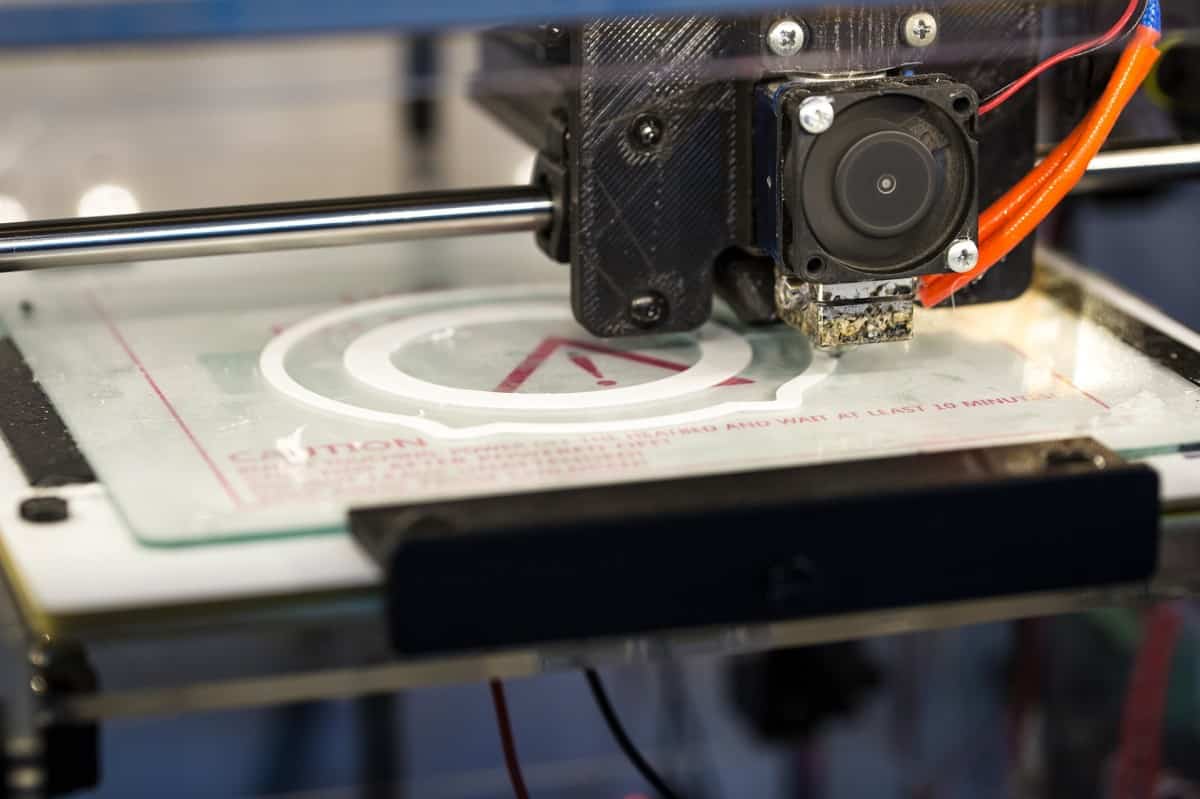
In Germany, around 9,500 people are on the waiting list for a donor organ. Most of them are waiting for a kidney transplant; some are even waiting for several organs. While about 5,000 people were added to the waiting list in 2018, according to Organspende, there were only 955 donors nationwide. This adds up to 11.5 organ donations per one million inhabitants. Although the number of donors increased by 20% compared to 2017, 901 people on the waiting list died within the year.
A total of 3,113 organs from 955 donors were removed postmortem last year, however, compared to other member states of the Eurotransplant Association, Germany is still the country with the greatest number of people on the waiting list. By the way, Spain has the highest number of organ donors: 46.9 per one million inhabitants.
In order to be able to give more people a “second chance on life” in the future, thanks to a new organ, research on the production of artificial organs is a hot topic. Artificial organs are intended to compensate for the lack of organ donations and replace animal experiments. So far, the scientists have concentrated on experiments with 3D printers that use a “bio-ink” containing living cells. While the process is already commonplace in the aerospace and automotive industries, not a single functional organ has yet been produced using 3D printing.
As part of the EU project BRIGHTER (Bioprinting by light sheet lithography: engineering complex tissues with high resolution at high speed), A European consortium coordinated by Dr Elena Martinez from the Institute for Bioengineering of Catalonia in Barcelona (IBEC) and involving the Goethe University Frankfurt is currently working on the development of a 3D bioprinting system with novel light disk lithography. This new lithography process relies on light sheet illumination and on special photosensitive hydrogels that are mixed with living cells.

“Top-down” instead of “bottom-up”
All 3D printing technologies have one thing in common: the models are built in layers and not milled out of a single block of material. They are either built from bottom to top (“bottom-up”) or from top to bottom (“top-down”). So far, this process has mainly been used in prototype construction and design objects.
According to scientists, however, bio-printing systems that build structures layer by layer “bottom-up” have some considerable disadvantages. First, the printing process would take far too long. As a result, survival chances of the cells in the bio-ink and in the polymerized layers would considerably decrease. Secondly, the extrusion pressure would lead to a considerable cell death rate, especially for stem cells. Third, the resolution of the method, around 300 micrometers, is far too low to reproduce the delicate structures of natural tissue. Last but not least, it is particularly difficult to integrate complex holow structures, such as blood vessels, into the cell tissue.
„With our project, we want to go the other way round by developing a top-down lithography method,“ explains Dr. Francesco Pampaloni from the Buchmann Institute for Molecular Life Sciences (BMLS) at Goethe University. The method works in a similar way to lithography in semiconductor technology, where hydrogel with photosensitive molecules replaces the semiconductor and the photosensitive layer, which is illuminated by a mask.
Using the light disk technique invented by Prof. Dr. Ernst Stelzer for light sheet microscopy, this hydrogel is exposed to a thin laser light sheet, which leads to the formation of branched chain structures (polymers). These serve as a matrix for colonization by living cells. The remaining, still liquid hydrogel is washed out.
This method will enable us to adjust the spatial structure and the stiffness with an unprecedented resolution so that we can create the same heterogeneous microstructures that cells find in natural tissues
…explains Pampaloni. He assumes that the new process will open up completely new possibilities for the bio-fabrication of complex tissues and their anatomical microstructures. In addition, the specific properties of the matrix could be used to “introduce stem cells into well-defined compartments or to enable the formation of vessels.” The researchers see great advantages over conventional 3D printing systems in the high speed and cost-efficient production.
From July 2019, the BRIGHTER project will be funded for three years as part of the European Union’s renowned and highly selective „Future and Emerging Technologies“ (FET) Open Horizon 2020 Program. 700,000 Euros of the total amount of 3,450,000 euros will go to Dr. Pampaloni’s team in Prof. Stelzer’s Physical Biology Group in the Biosciences Department of the Goethe University. Further partners are the IBEC (Barcelona, Spain, coordination), Technion (Haifa, Israel) and the companies Cellendes (Reutlingen, Germany) and Mycronic (Täby, Sweden).
Also interesting:
New for 3D-Printing: Flexible Circuits
TU Graz tries to Realize Houses from the Concrete Printer with as Few Raw Materials as Possible
ESA Delivers First Successful Test of a Rocket Engine Made from 3D Printing
Volkswagen Chooses Additive Industries for its 3D Metal Printed Car Parts
3D Printing of Implants: Kumovis Wins Munich Business Plan Competition

